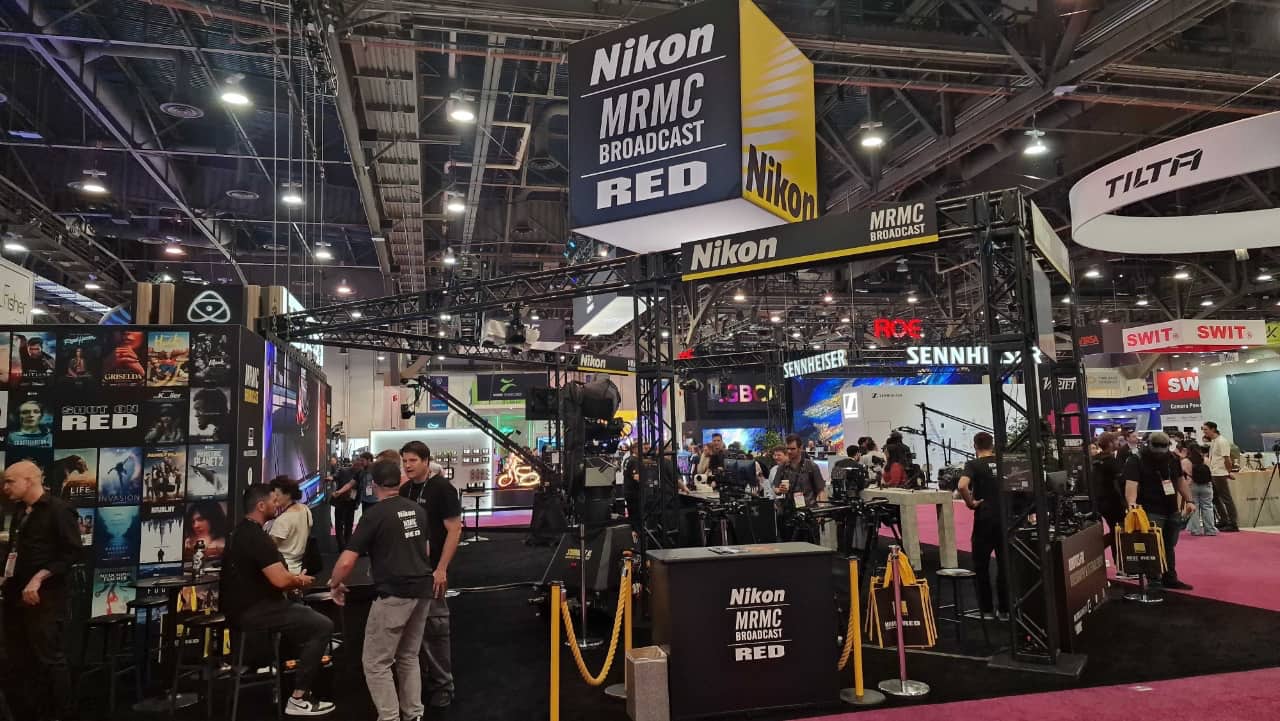
Industry sites have been buzzing over the weekend following the revelation that Nikon paid a lot less money for RED than most people would have presumed.
As a publicly listed company, Nikon has to eventually fess up to all of its financial doings, and buried in its latest quarterly financial statement was the amount of money it paid for RED. The amount is ¥13.167bn, which in today’s prices, (which are not so different from where they were when the deal was finalised) translates as $85 million.
Lots of people think this isn’t very much money at all. After all, RED is an internationally renowned major cine camera manufacturer. So what is going on here?
First off, it’s worth pointing out that this is not the whole story. Buried in the text of the financial settlements is the following paragraph:
Pursuant to the Membership Interest Purchase Agreement for the transaction, price adjustments will be made based on the amount to reflect any increase or decrease in working capital and other items up to the closing date. As the initial accounting for the business combination has not been completed at this moment, detailed information on the accounting is not disclosed.
This strongly indicates that there are more financials still to come, presumably when a full stock take of inventory at time of sale et cetera is completed. The final price Nikon pays could end up being more. Companies often do this as a way of making sure investors do not get too nervous about an initial purchase.
All the same, $85 million is not a lot of money to be nervous about when put against Nikon’s overall revenue last year of over $4.6bn. So, why perhaps so cheap?
There are several reasons why the price might have been depressed.
First it has to be said that there’s a perception gap at work here. In the end RED is a medium-sized company. It makes a lot of noise in the digital imaging industry, but you have to remember that that effectively just makes it a big fish in a small pond. When you look at the larger camera manufacturers, the Sony, the Canons, and yes the Nikons, it is the consumer divisions that bring the revenue.
Nikon’s imaging division alone earned $1.8bn and made a profit of $300m in the past year. If we take the $25k V-Raptor 8K VV as the mid-point of RED’s current range, it would need to shift 72,000 of them to earn the same money. And that sort of volume doesn’t exactly sound likely…
Then there is the prospect that the sale price was offered at a bargain rate in exchange for investment from Nikon in the company, something that would be come to light in future financial statements. Nikon certainly is making all the right noises about taking RED technology forward, as well as disseminating it through its own consumer product line. That will take all take investment, and the company has been open about the fact that it will also take years rather than months to realise.
And ultimately RED perhaps was not as successful as everybody assumed it was. It’s a high-end manufacturer, true, but of fairly low volume goods, and the recent Hollywood strikes and retrenching of the streaming industry has not done the production industry any favours. It could just be that the debt had got out of control, the business needed a bail out, and the Nikon offer came along at just the right time.
As Peta Pixel points out, JIP paid $287m (at today’s prices) when it bought Olympus in 2021, though admittedly it got both a camera division and a lens division for the money.
Hopefully we will get to know more as more financial data is released in subsequent quarters.
Tags: Production RED Nikon


Comments